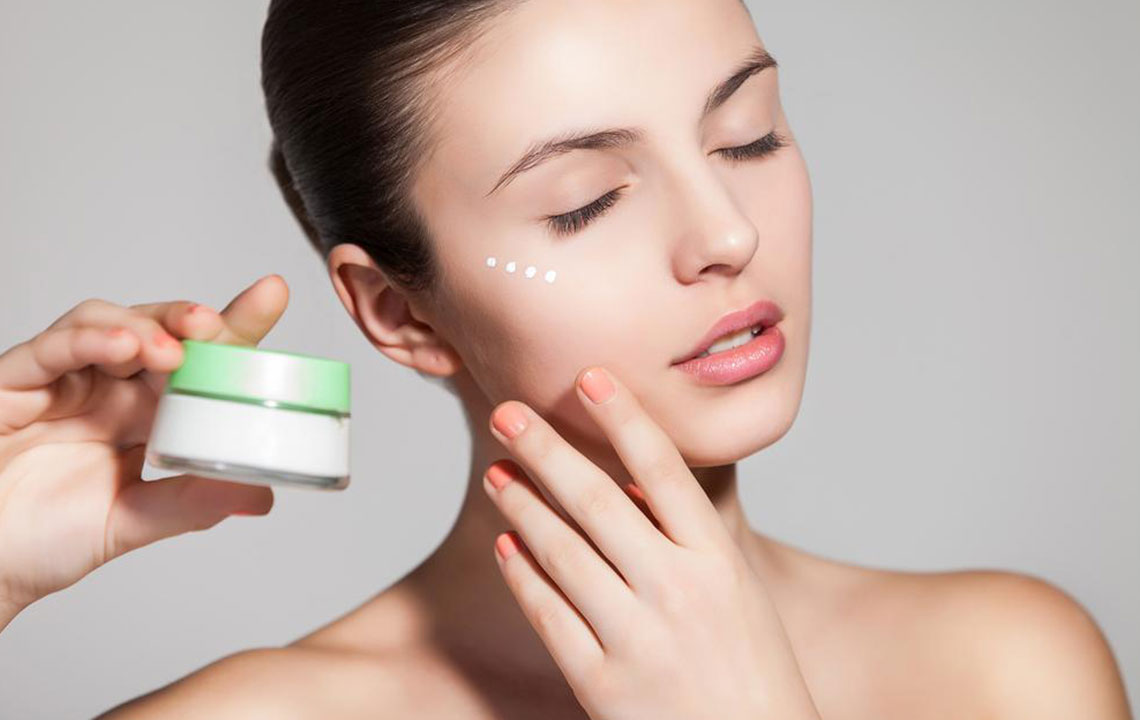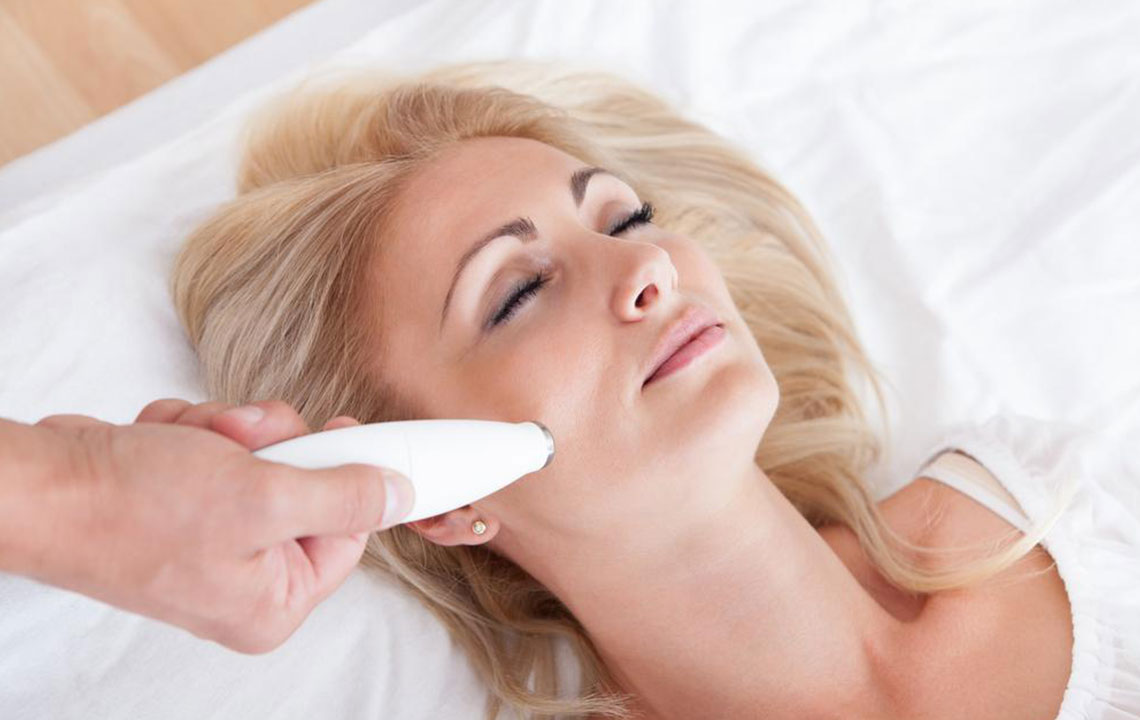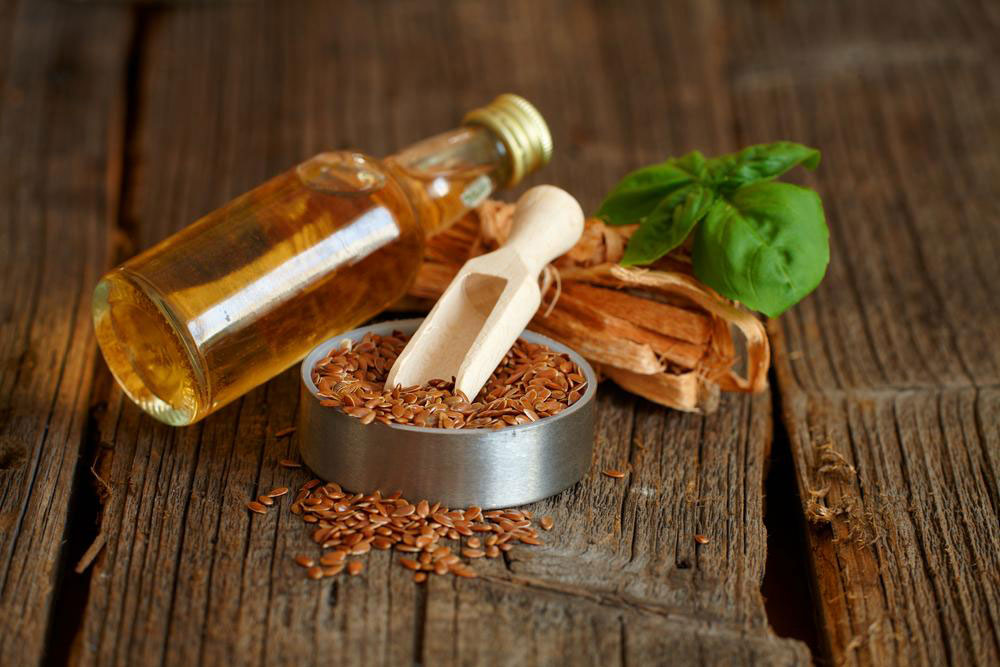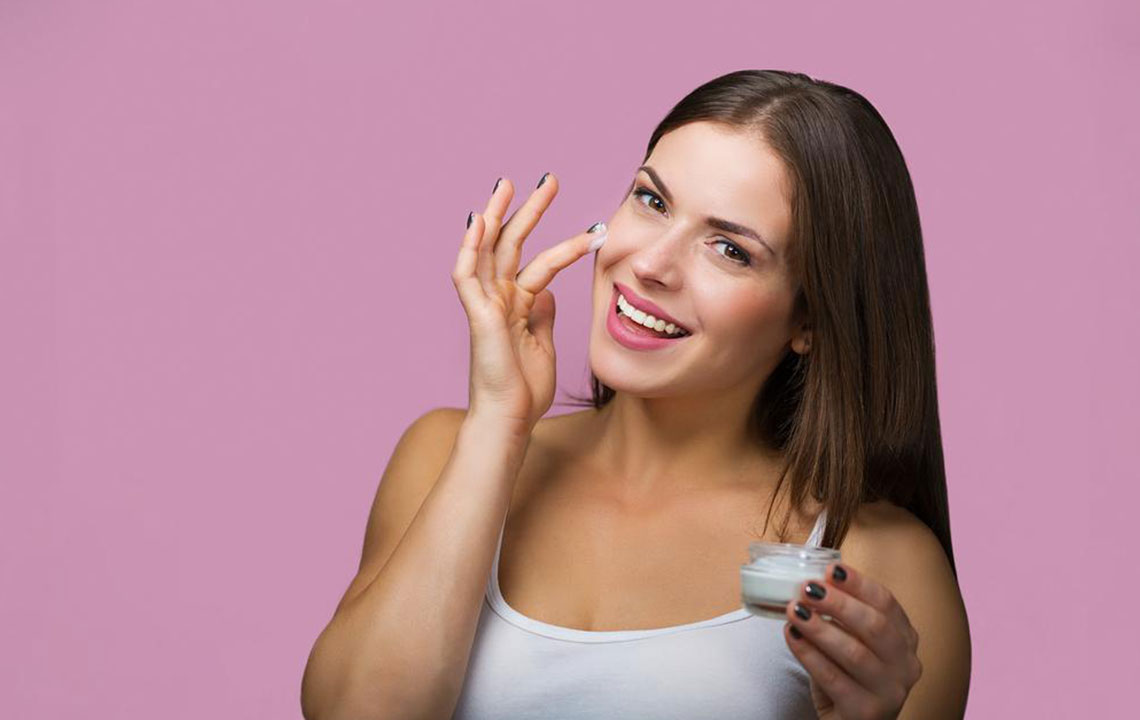Comprehensive Guide to Topical Treatments for Managing Rosacea Symptoms Effectively
This comprehensive guide explores effective topical treatments for rosacea management, including medications, skincare routines, lifestyle tips, and strategies to prevent flare-ups. With early intervention and proper care, individuals can significantly improve their skin health and reduce symptoms associated with this chronic condition.

Comprehensive Guide to Topical Treatments for Managing Rosacea Symptoms Effectively
Rosacea is a common chronic skin condition that predominantly affects adults with fair skin, often manifesting as persistent redness, visible blood vessels, and sometimes bumps or pimples. Although it can be persistent and sometimes challenging to manage, understanding the causes, triggers, and effective topical treatments can significantly improve skin health and quality of life. This detailed guide explores various topical solutions, lifestyle adjustments, and skincare routines designed to control and reduce rosacea symptoms effectively.
Understanding Rosacea: Causes, Symptoms, and Triggers
Rosacea typically affects middle-aged adults, particularly women, though men are not immune. It is characterized by episodes of facial redness, flushing, visible blood vessels (telangiectasia), and sometimes inflammatory bumps known as papules and pustules. While the exact cause of rosacea remains unknown, several factors are believed to contribute, including genetic predisposition, immune system dysregulation, and environmental triggers.
Common triggers for rosacea flare-ups include prolonged or intense sun exposure, extreme temperatures (hot or cold), wind, spicy foods, alcohol, hot beverages, and physical exertion. Stress and emotional distress can also exacerbate symptoms. Identifying personal triggers is vital for managing the condition effectively. Using protective measures like broad-spectrum sunscreens and gentle skincare routines helps reduce flare-ups.
Diet plays a significant role in rosacea management. Some foods, especially certain meats, dairy, and spicy vegetables, may worsen symptoms. Keeping a food diary to identify and eliminate problematic foods can be beneficial. Moreover, stress management techniques such as yoga, meditation, and deep-breathing exercises can help control rosacea triggers, leading to reduced redness and less frequent flare-ups.
Rosacea manifests with symptoms including persistent facial redness, visible blood vessels, and skin bumps such as papules and pustules. In some cases, symptoms extend to the eyes, causing dryness and irritation known as ocular rosacea. Over time, untreated rosacea may lead to skin thickening, particularly on the nose—a condition called rhinophyma. Recognizing these symptoms early and adopting appropriate treatment strategies is essential for preventing progression and improving skin appearance.
Effective Strategies for Managing Rosacea
Early intervention is critical in preventing the progression of rosacea and possible skin complications. Proper skin care routines, hydration, and avoiding aggravating substances are foundational steps. It’s vital to steer clear of skincare products containing alcohol, harsh abrasives, or astringents, as these can worsen irritation and inflammation.
Topical therapies are usually the first line of treatment for rosacea. Selecting the right topical medication can significantly reduce redness, inflammation, and other symptoms. Sun protection is paramount; daily use of broad-spectrum sunscreens with high SPF shields sensitive skin from UV rays, helping prevent flare-ups. Additionally, adopting gentle cleansing routines with mild, fragrance-free cleansers further mitigates skin irritation.
Commonly prescribed topical medications include:
Metronidazole: An antibiotic gel or cream that reduces inflammation and bacteria on the skin. It’s widely used and effective in decreasing redness and bumps.
Azelaic Acid: Known for its anti-inflammatory properties, azelaic acid helps reduce redness, swelling, and bumps associated with rosacea.
Ivermectin: Often shows superior results in lessening inflammation and pustule formation, with minimal skin irritation. It’s usually applied twice daily.
For severe or persistent cases, healthcare providers might recommend oral antibiotics like doxycycline or minocycline to control inflammation and bacterial colonization, especially during flare-ups.
Here are some popular topical treatments that have gained recognition for their efficacy:
Avène Antirougeurs Fort Relief Concentrate: This product includes Ruscus extract to enhance circulation, thermal spring water to soothe irritation, and shea butter for intense hydration. It’s designed specifically to diminish redness and visible capillaries. Its hypoallergenic and non-comedogenic formula is suitable for sensitive skin.
Rosacea Care Willowherb Moisturizer: Enriched with Vitamin K and willowherb extract, it calms inflammation and supports skin healing. It’s complemented with soothing agents like aloe vera and olive oil to maintain skin health and reduce discomfort.
Fresh Rose Deep Hydration Face Cream: This lightweight gel-cream harnesses hyaluronic acid to preserve skin moisture and rose water to calm irritated areas, ideal for daily hydration without clogging pores.
La Roche-Posay Effaclar Mat: Developed for oily skin types, this moisturizer controls shine and manages inflammation associated with rosacea, thanks to its dimethicone content.
iS Clinical Pro-Heal Serum: Packed with antioxidants including Vitamins C, A, E, and zinc sulfate, this serum fights oxidative stress, reduces inflammation, and diminishes skin blemishes for a clearer complexion.
Clearogen Acne Lotion: Combining sulfur with green tea extract, it helps in clearing breakouts and soothing inflamed skin—especially useful for rosacea with acne-like features.
SkinMedica Redness Relief CalmPlex: Incorporating jojoba oil for hydration and niacinamide for skin barrier support, this product reduces redness, improves skin texture, and calms irritation.
EltaMD UV Elements SPF 44: A broad-spectrum, oil-free sunscreen formulated explicitly for sensitive, rosacea-prone skin. It contains hyaluronic acid and a slight tint, providing both sun protection and concealing redness.
In addition to topical medications, lifestyle adjustments are essential. Wearing protective clothing, avoiding triggers, and maintaining a consistent skincare routine can help manage symptoms over the long term. Consulting a dermatologist for personalized treatment plans ensures optimal care and reduces the risk of complications associated with rosacea.





